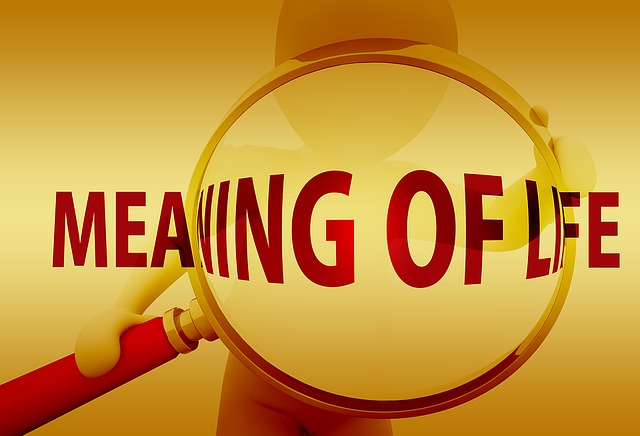In the previous post, I drew on the wise counsel of Janice Marturano who argues that to achieve excellence in leadership you need to engage in mindful pauses. Janice, Executive Director and Founder of the Institute for Mindful Leadership, suggests that the busyness of our everyday lives causes a lack of focus and clarity, leading to poor decision making. As the author of Finding the Space to Lead, she argues that there are many ways to create the space in your life to develop focus, clarity and creativity. In her article, Ways to Find Time to Pause, she provides five pause techniques to enable you to find the requisite time and life-space.
- Start the day with a mindful approach to having a cuppa – having a cup of tea or coffee early in the morning is a common, everyday practice. However, the routine can become a reinforcement of the busyness of your life if you drink the cuppa rapidly while doing other things such as processing your email or reading a report – you lose the opportunity to build your focus and calm your mind. Janice suggests instead that you bring mindfulness to the experience of the cuppa – focusing on the physical sensations of drinking, the emotional states of relaxation and pleasure and the intellectual break from your incessant, task-focused thoughts.
- Use the doorway as a conscious transition point – whether you are having to open a door manually or enter through an automatic door for going to work or to engage in some other task, you can use the doorway as a conscious transition point to another location. This means approaching the action mindfully – being aware of any sensations (e.g. hearing, sight, touch) and forming a clear, positive intention in relation to the next task or activity.
- Review how you use your time – do you spend time on what is important or just go through the motions attending meetings mindlessly or undertake tasks just to fill your day (so that you can appear busy)? Janice suggests that you review the meetings that you attend to see whether they are important, focus on the big picture (including your physical and mental health) and broaden your vision to a week and/or a month rather than just today. The latter activity enables you to maintain perspective and is a key element in the bullet journal approach.
- Have a “power lunch” – a purposeful, regenerating lunch blocked into each day. People often forgo lunch because they are so busy, but lunch is important to “power your body, mind and heart”. Blocking out time for lunch daily – including time to share lunch with friends, family and /or colleagues – is important. Connection with others can help you to regenerate, break the cycle of incessant thinking/doing and develop openness to new ideas and approaches. Taking time to “power up” is essential for a sustainable, healthy life. The power of the lunch break can be enhanced by mindful eating.
- Walk away the tensions of the day with mindful walking – you can notice the build-up of tension in your body as the day progresses and walking can provide a release. Mindful walking entails focusing on the act of walking slowly -stilling the mind and being fully aware of your bodily sensations as you walk. This activity not only releases tension but also builds focus and clarity.
As we grow in mindfulness through mindful practices such as pausing during the day, we can heighten our internal and external awareness and achieve focus, calm, clarity and creativity.
____________________________________________
Image by Дарья Яковлева from Pixabay
By Ron Passfield – Copyright (Creative Commons license, Attribution–Non Commercial–No Derivatives)
Disclosure: If you purchase a product through this site, I may earn a commission which will help to pay for the site, the associated Meetup group and the resources to support the blog.









